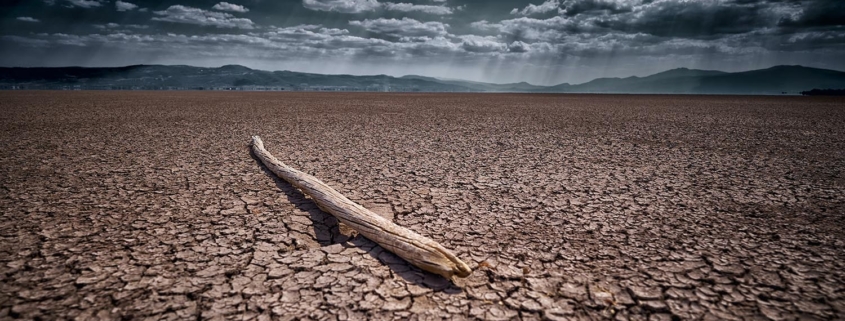Preventing Climate Maladaptation
Climate maladaptation is defined as the unintended negative results of adaptation policies and decisions. Maladaptation cuts across social and geographic boundaries as well as time.
In 2013, researchers Jon Barnett and Saffron J. O’Neill developed a framework for maladaptation, and categorized the phenomenon into five types:
- Increasing emissions of greenhouse gases.
- Disproportionately burdening the most vulnerable.
- High opportunity costs.
- Reduce incentives to adapt.
- Path dependency.
Actions that burden the most vulnerable carry the highest climate risk. Furthermore, institutions and organizations that are path-dependent to address climate change slow down climate adaptation and associated decision making processes.
According to the 2022 IPCC WGII Sixth Assessment Report: “adaptation planning and implementation that do not consider adverse outcomes for different groups can lead to maladaptation, increasing exposures to risks, marginalising people from certain socio-economic or livelihood groups, and exacerbating inequity.”
Preventative measures against maladaptation must be undertaken. Exchanging mutual learning and knowledge gained from assessments about what works and what does not in environmental monitoring and decision-making may help to prevent maladaptation. Furthermore, “blueprint approaches” to climate adaptation that lack an understanding of the details regarding the vulnerability and social inequities of a context, and that minimize engagement, should be avoided.
Poor climate leadership is a primary culprit of maladaptation, and governance practices in climate adaptation need more scrutiny. Climate equity and justice must be prioritized while “inclusive planning initiatives informed by cultural values, Indigenous knowledge, and scientific knowledge” can further prevent climate maladaptation.
By Leela Viswanathan
(Image Credit: Jezael Melgoza, Unsplash)




